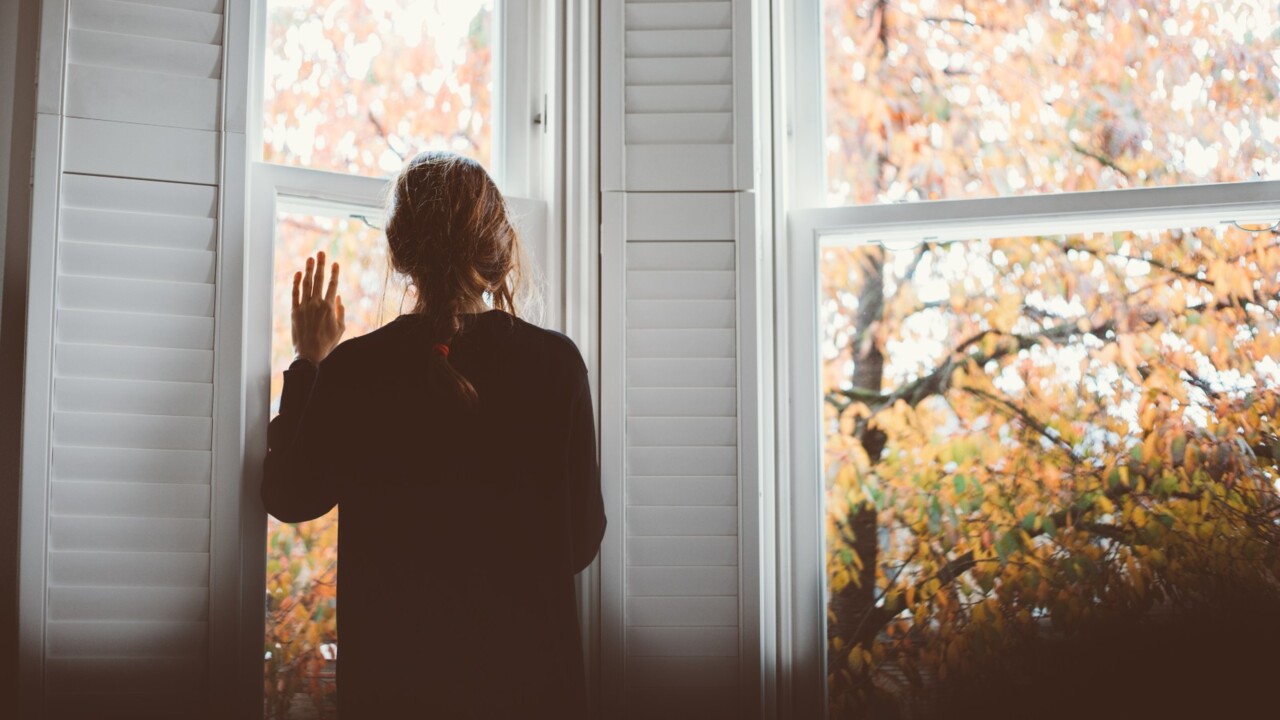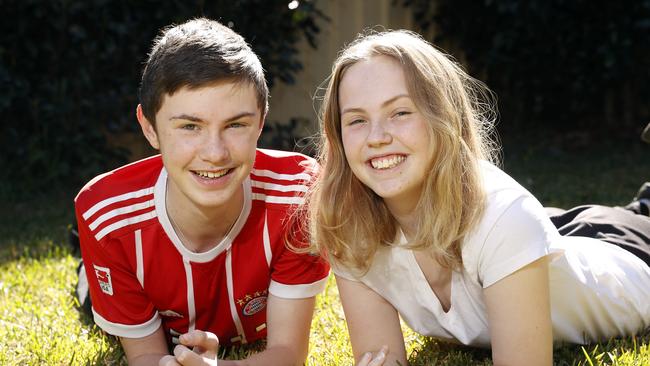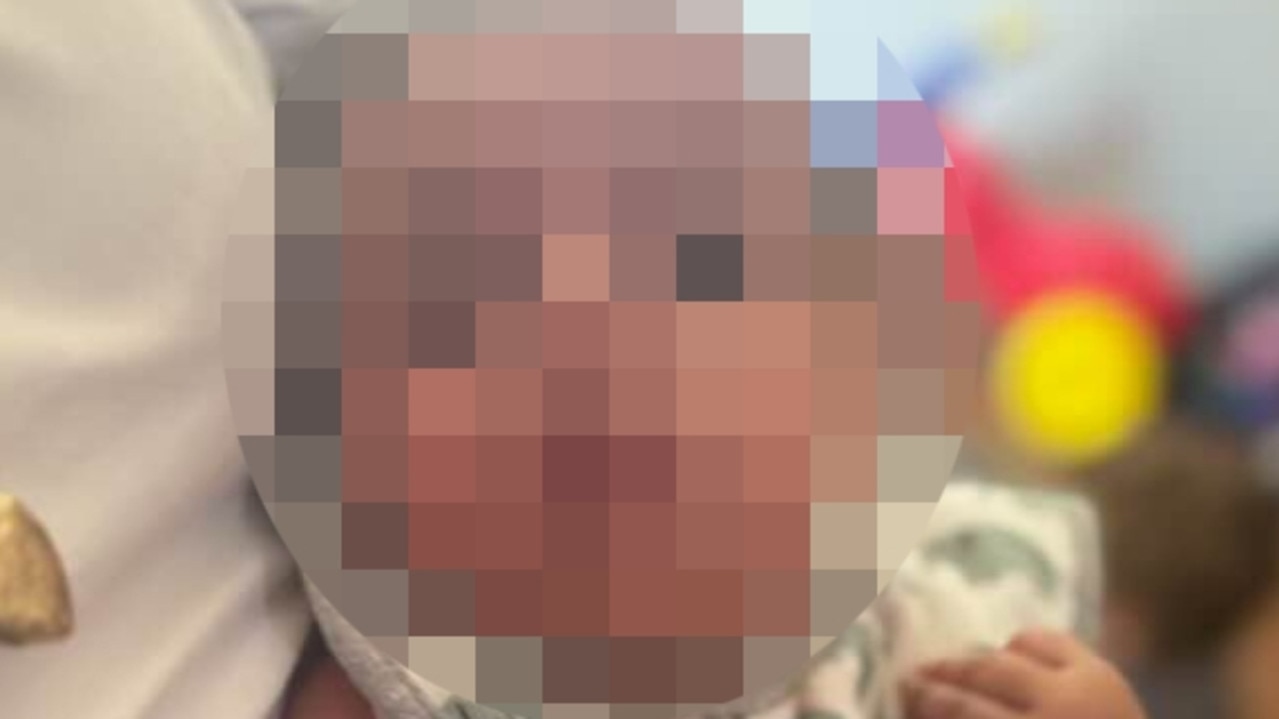Teen report card on how 2021 is affecting high school kids
Alcohol and vaping use is up, depression is growing and anxiety is at an all-time high for Aussie teens. A new snapshot into how high school kids are faring reveals concerning trends — and good news.

NSW
Don't miss out on the headlines from NSW. Followed categories will be added to My News.
The report card is in for Australia’s teenagers — and it’s not good for girls and rising levels of pandemic anxiety, depression and other mental health issues.
More than 27,000 students from year 7 to 12 across every state and territory in Australia have told researchers how they are going for The Resilient Youth Report.
Most concerning is how girls are struggling.
The positives are that the majority of teens have at least one good friend at school and three in four have a teacher that encourages them.
Most reported good social skills, with about 78 per cent getting on with people who are different to them and nine out of 10 reported they could disagree but still remain friends.
Most do their homework and most feel safe at school and at home.
However, about one in 10 boys and girls have been bullied for each year in high school.
Only about 65 per cent of both boys and girls from year 9 onwards felt they had an adult in their life they could talk to, although four out of 10 reported they had an adult who set a good example.
Dr Andrew Wicking, CEO of Resilient Youth Australia said the data indicated most kids are coping.
“Most kids are doing okay, about 40 per cent of secondary school students that are anxious, but still the larger proportion are not,” Dr Wicking said.
“We know anecdotally the effect the pandemic is having.”

Less than half (42 per cent of girls and 42 per cent of boys in year 12) felt they could talk about the things that upset them.
That fell down to just 38 per cent in year 8 and 9 and down to just 35 per cent of girls in year 10.
Girls seem to be faring worse than boys on several key mental health measures. Only 41 per cent of girls did not feel anxious, nervous or on edge in year 12, compared to 64 per cent of boys.
Only 45 per cent of year 12 girls felt they could control worrying, compared with 69 per cent of boys.
Of greatest concern, 42 per cent of girls felt down, depressed, or hopeless, which is up 5 per cent from last year’s survey. One in four year 12 boys felt down, depressed or hopeless, up 4 per cent on last year.
Adolescent psychologist Michael Carr-Gregg said the trends in anxiety and depression were growing year on year.

“Of the top two mental health problems, anxiety and depression, since 2007 girls are more depressed and anxious than boys and boys are more likely to have a substance abuse disorder, so that is consistent,” Dr Carr-Gregg said.
“There were four things teenagers need to do; go to school, hang out with their friends, emancipate from mum and dad and figure out who they are and take healthy risks. Lockdowns and coronavirus has stuffed all of those key developmental tasks.
“The very essence of being a young person has been squished by this, so instead what you have is huge numbers sitting in their bedrooms communicating online, which is not a substitute for face-to-face encounters.”
From year 8 onward, 52 per cent of girls are having trouble sleeping and, worryingly, 63 per cent of boys are not getting enough sleep.
Almost seven out of 10 girls feel tired by the time they get to year 12, compared to 50 per cent in year 9, but only 41 per cent of boys in year 12 are getting eight hours sleep.
“We have a study with University of South Australia which confirms association between mobile phone use at night and that use or device use is happening younger and younger, so this disturbance in sleep is occurring earlier and earlier,” Dr Wicking said.
“Sleep has been a perennial problem with teenagers for a long time and part of the problem is, because their sleep wake cycle is so disruptive, they are really, really suffering,” Dr Carr-Gregg said.
“The first problem is they can’t get to sleep, second problem is they wake through the night and third, wake early in the morning and can’t get back to sleep. So that in turn means they can’t concentrate and focus, which in turns mean they get anxious.”
While 63 per cent of girls feel good about themselves in year 7, this dropped year on year to 43 per cent by year 12. For boys in year 7 it’s 78 per cent but drops to 66 per cent by year 12
Only 47 per cent of year 12 girls were not texting after 10pm compared to 52 per cent of boys. One in three girls in year 7 are texting after 10pm and one if four boys in year 7 are as well.
Only 19 per cent of boys in year 12 read for fun compared to 28 per cent of girls but, given the workload in the HSC year, this is probably to be expected.
In terms of risky behaviour, most kids in year 7 and 8 do not drink alcohol but by year 10 around 30 per cent are. By year 12, six out of 10 drink. Around 12-16 per cent are taking illegal drugs.
And, while smoking cigarettes remains low — about 10 cent of both boys and girls in year 11 and 12 — vaping is on the rise.
18 per cent of girls and 19 per cent of boys in year 12 are vaping, as are around 10 per cent of year 9s.
“Totally unsurprising with drinking, it is a social lubricant, it’s what people do together,” Dr Carr-Gregg said.
“Vaping is like the new drinking. For the last 10 years there’s been a 40 per cent decline in drinking among young people and coronavirus has brought that back and it’s combined with vaping.
“Virtually every single one of my clients vapes. They don’t have any difficulty getting vapes.”
Paul Dillon from Drug and Alcohol Research and Training Australia said the new data on vaping backed up on the group experience.
“This data certainly supports what I’m seeing in schools and hearing from parents, some of whom are really struggling with teens who are vaping regularly,” he said.
“It’s important to note that we’re not talking about an ’epidemic’ — most Australian young people are not vaping but some are and do appear to be getting into difficulty. What they’re vaping, whether they were smokers beforehand and whether they continue to vape is not answered here but it does provide us with some additional information about this phenomenon.”
More Coverage
Originally published as Teen report card on how 2021 is affecting high school kids




